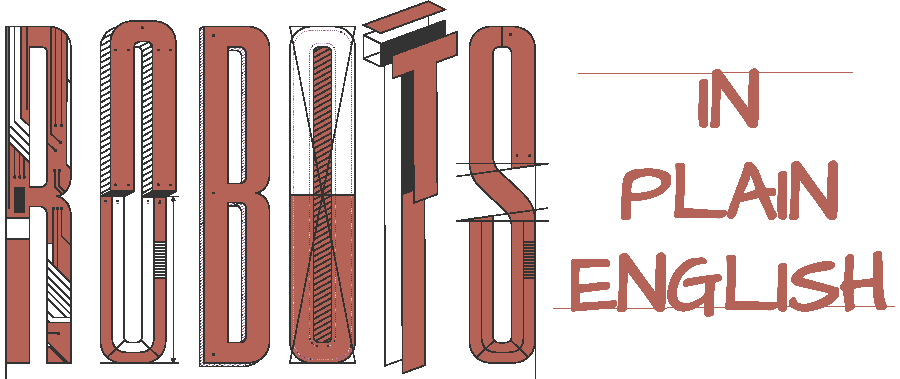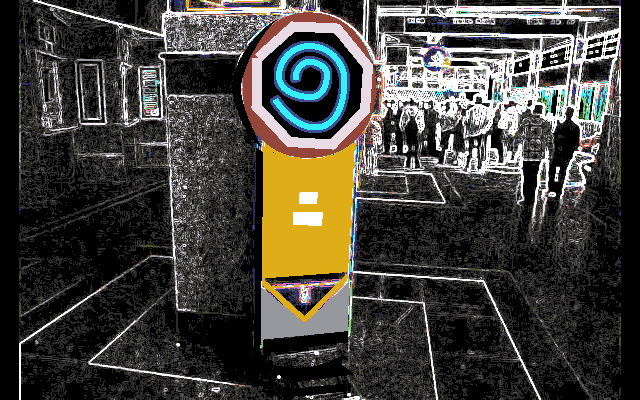

At one a.m. on December 3rd, 1984, forty tons of poisonous gas escaped from a chemical pesticide plant in Bhopal. Within hours, it had killed thousands of people in their sleep. More bodies continued to pile up during the week, and thousands more were permanently disabled. The final death count is estimated at an unimaginable 15,000.
Last week my wife and I watched The Railway Men on Netflix, a gripping four-part miniseries set during the Bhopal disaster four decades ago. Ghulam Dastagir, a real-life deputy superintendent at the railway station, risked his own life to dispatch a train early, helping many people to escape the city, and to prevent other trains from coming in. He was hospitalized for many years for toxic inhalation.
Made by one of India's biggest movie studios, the story narrates a partly fictional account of how a few railway employees like Dastagir heroically saved many lives.
Peppered with glimpses of the lives of the urban poor, The Railway Men recreates Bhopal of the 1980s---the Union Carbide pesticide plant and the struggling neighborhoods in the shadow of a ticking time bomb.
The TV show instantly took me back to those chaotic days in India, when trains were the cheapest and best way to get anywhere. My own thousand-mile journey to college passed through Itarsi junction, about fifty miles from Bhopal, that features prominently in the series.
In those days, trains often ran late, and ticketing was still manual. But larger stations like Itarsi offered many ways to pass the time: hot kachoris to eat, A.H. Wheeler bookstores, and people-watching. A chaiwalla on the platform could stand outside your window and pour hot tea into a disposable clay cup from his kettle, exactly as you see in the show.

A big attraction for me as a child: colorful weighing machines which, for a fifty-paise coin, would play a tune and display spinning wheels and lights before spitting out a little cardboard ticket with your weight in kilos and a random fortune printed on it in English.
India in 1984 went through several traumas: an armed separatist revolt by militant Sikhs in Punjab; an army operation against them in the Golden Temple in Amritsar; the assassination of Prime Minister Indira Gandhi; and anti-Sikh pogroms in Delhi. And in December came the Bhopal disaster. I will never forget the news reports. One award-winning picture of a dead baby being buried, by photographer Pablo Bartholomew, will be seared into my brain forever.
As college students will, we often had late-night debates about what was wrong with our country and how to fix it. We were teenagers from all over the country, speaking different languages at home. We weren't politicians or historians or sociologists; we knew little about Punjab. A few decades into independence, the state of the union seemed to be going from bad to worse. Could the country survive? Maybe we were too poor, too illiterate, too divided.
Bhopal, however, hit differently. We might not be able to solve all the country's problems. But Bhopal, whatever else it was, was also clearly an engineering failure. And as the best and the brightest engineers in training, we felt as if we should have a clue. But we didn't.
Now in retrospect, I see that Bhopal was a classic example of a failed system design.